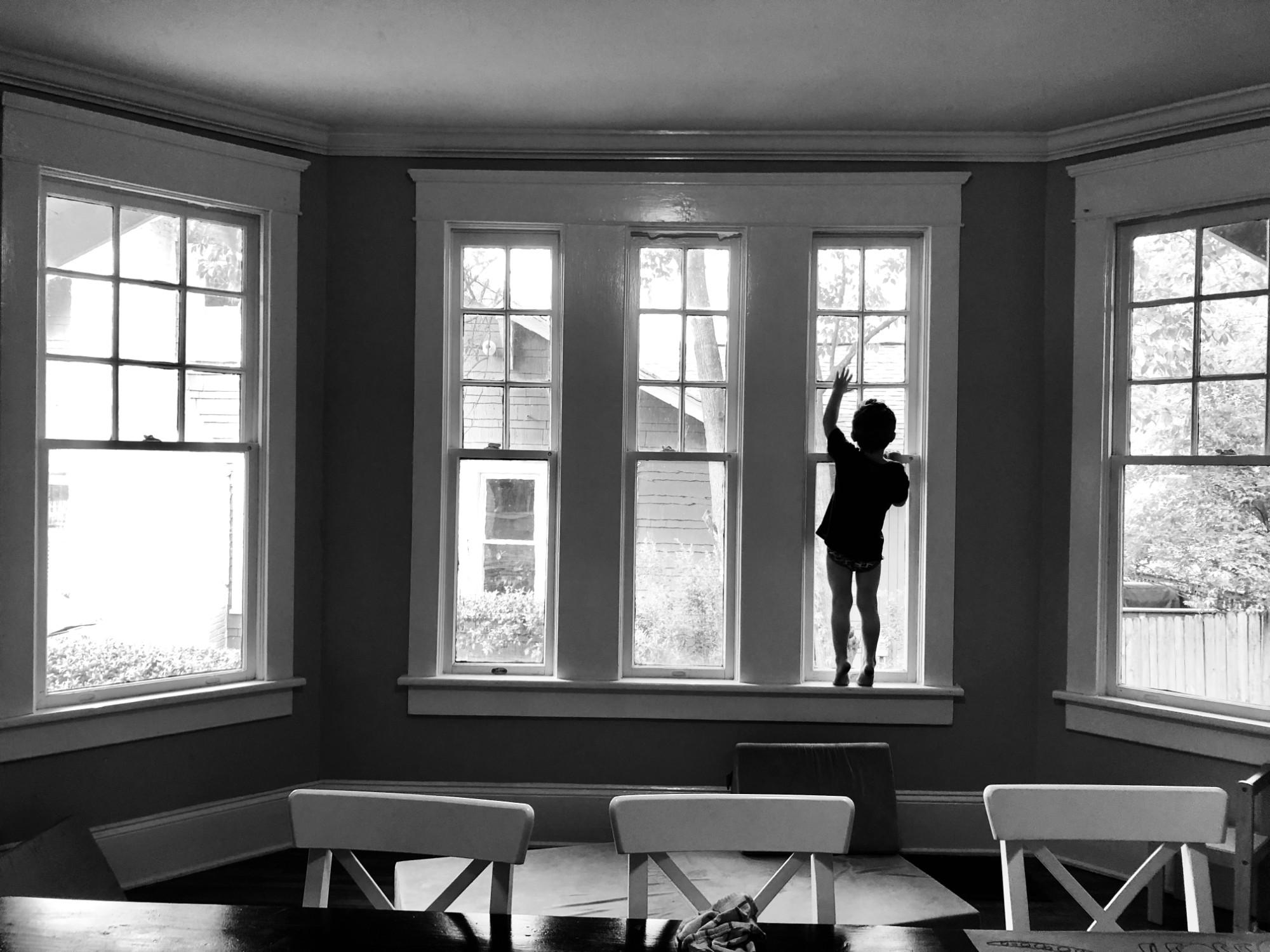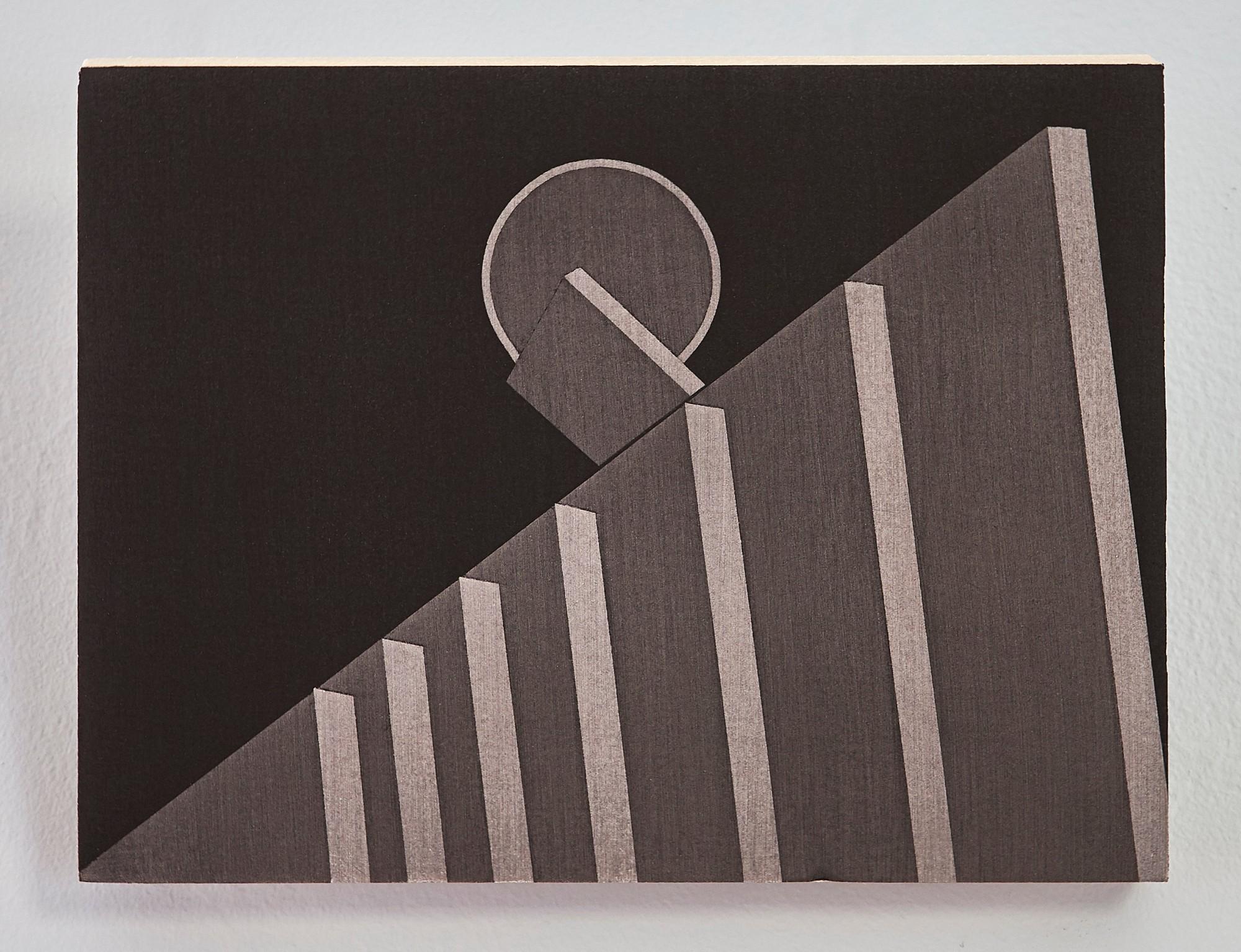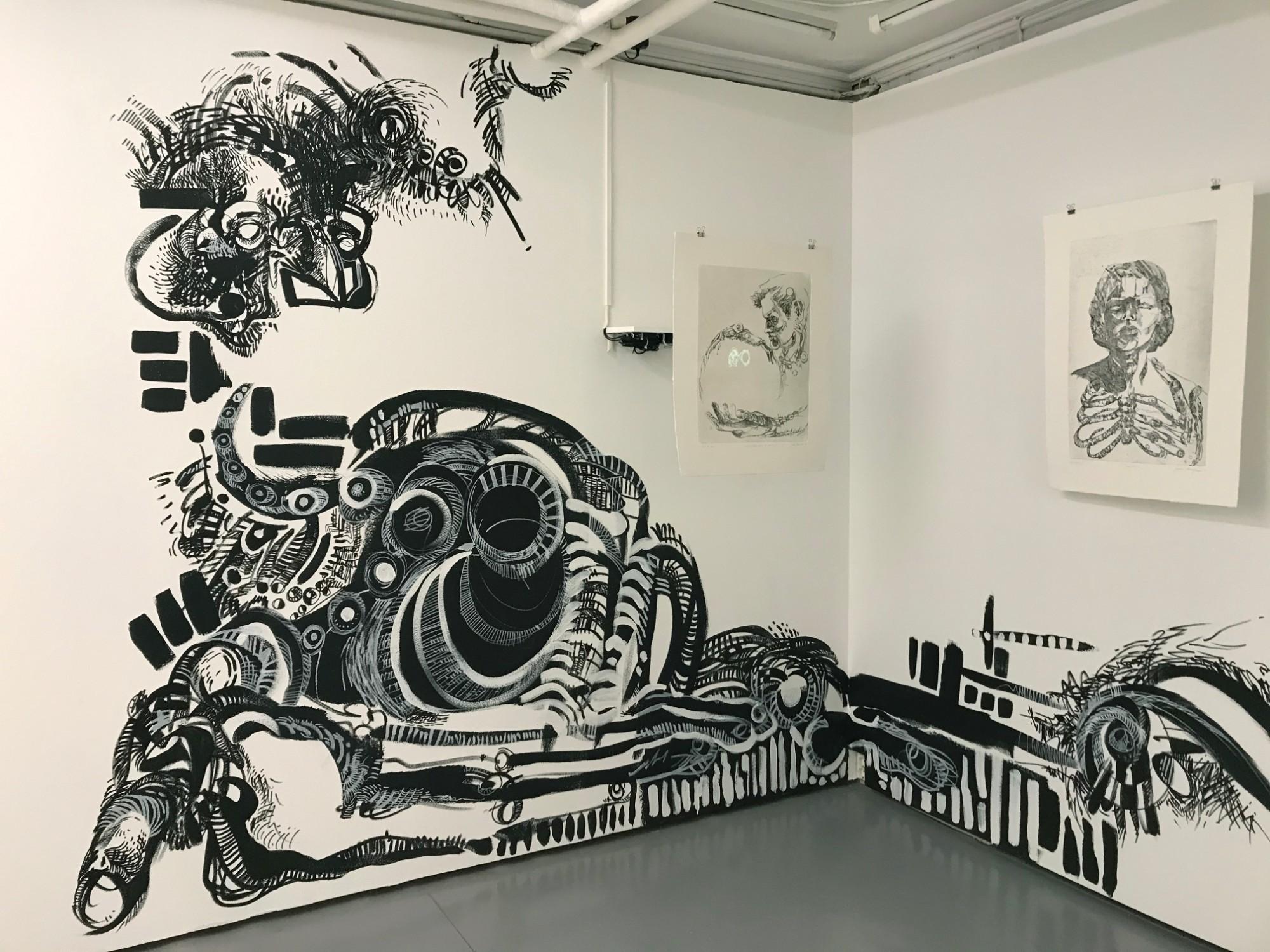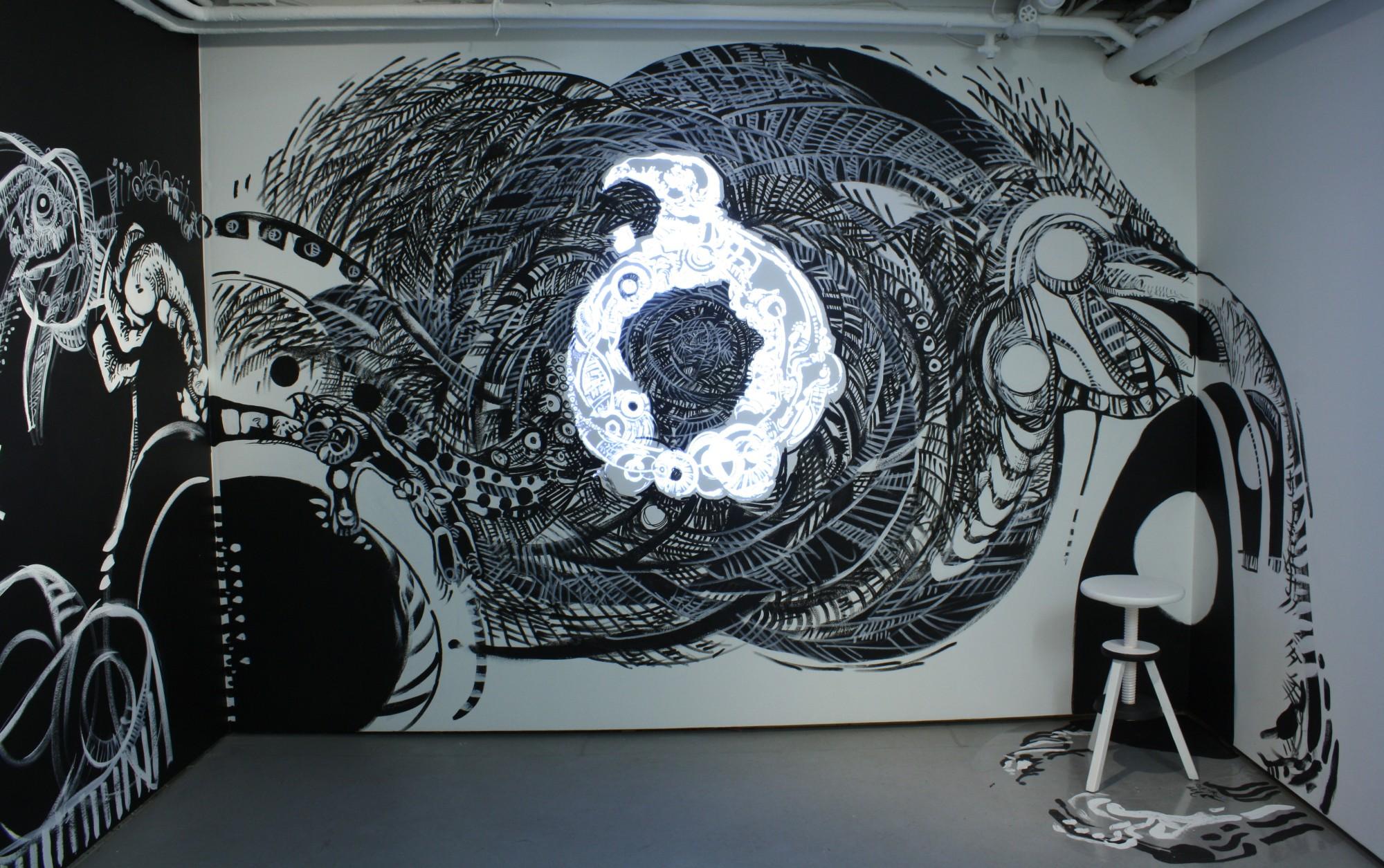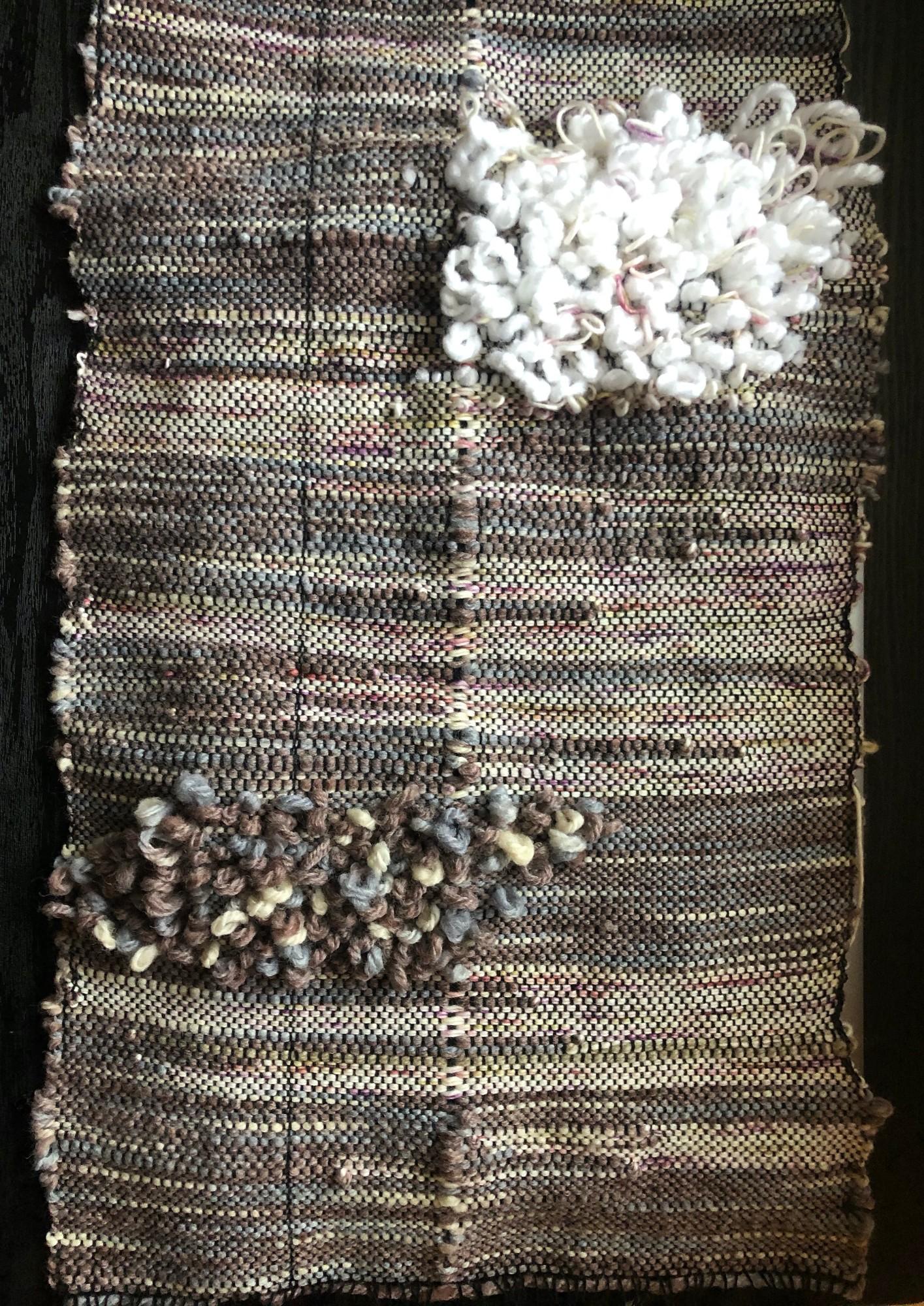Louis Watts is an American multimedia artist with an exhibition history spanning the U.S. His work explores repetition and the monotony of labor—themes that are reflected in highly intricate and almost obsessive detail and attention to minute mark-making. His pieces are often presented in immersive installations that envelop the viewer, revealing more of themselves the closer one gets to them.
Though he had an April exhibition canceled, Watts has another show slated for 2021. He has continued to spend time in his studio, albeit less than prior to the outbreak. Yet he hasn’t let the current situation derail his work. Watts has pivoted his physical practice by focusing on developing software skills he hopes will help his career down the road. Instead of producing entirely new pieces, he has chosen to maintain a connection to his pre-lockdown work. His subject matter, he says, has remained fairly consistent; the artist says that it would be “conceptually irresponsible” of him to let “specific and acute psychic events take precedence over the longer one of conscious mortality.”




